Growing Up in Post-War Munich
To understand Uschi Obermaier, you first have to picture the world she was born into. Munich, 1946—just months after the end of World War II—was a city still scarred by rubble and rationing. Born Ursula Obermaier on September 24 of that year, she grew up in the Sendling district, a working-class neighborhood where life moved slowly and the echoes of war lingered in every quiet street. Her childhood was shaped by a single mother who worked hard to provide but couldn’t quite contain her daughter’s restless spirit. Even as a little girl, Uschi longed for more than the ordinary; she once admitted she secretly wished for dramatic events just to break the monotony.
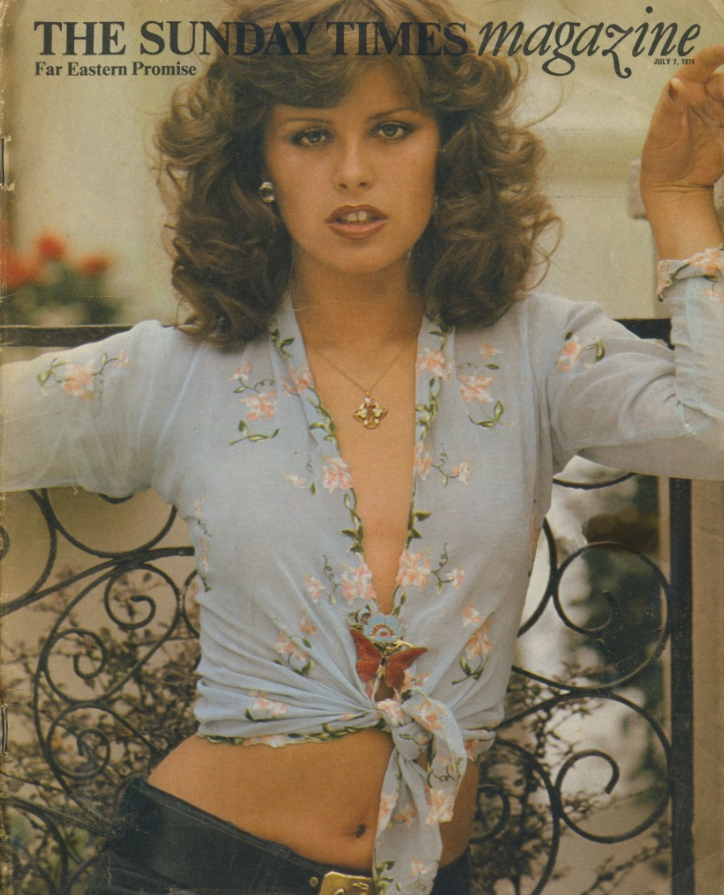
This craving for excitement became the engine of her life. By her early teens she was already pulling away from traditional expectations. While other girls prepared for predictable careers, Uschi looked for something that could match the fire she felt inside. She briefly trained in photo restoration, but the painstaking patience of the craft only convinced her that her future lay elsewhere. She needed a stage—any stage—where she could express her own untamed energy.
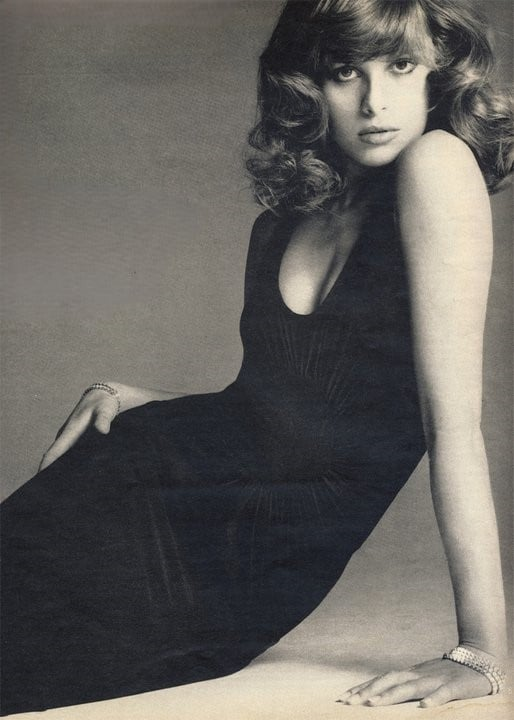
From Local Discovery to International Modeling Muse
Opportunity came when Twen, a cutting-edge German magazine, spotted her unique blend of earthy beauty and rebellious magnetism. She was only eighteen when her first photographs appeared in its pages. With a tousled mane of hair and a sun-kissed glow, she didn’t fit the polished mold of the era’s fashion models—and that was exactly the point. Uschi’s gaze was captivating: part mischief, part defiance, as though she was daring the viewer to break the rules right along with her.
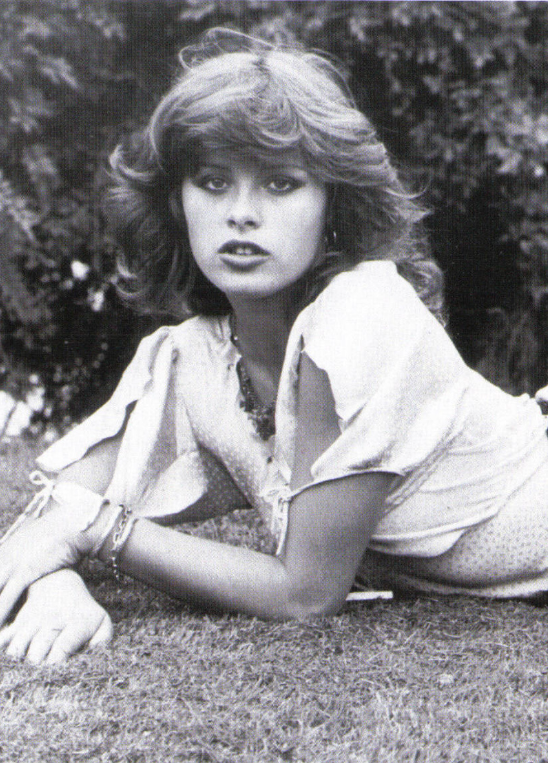
Photographers such as Helmut Newton and Guido Mangold were fascinated by her presence. They whisked her off to shoots in Cameroon and across Europe, where her image began to appear on the covers of magazines like Stern and in fashion spreads around the world. Whether wearing flowing dresses or posing nude in photographs that challenged conservative sensibilities, she embodied a kind of liberated confidence that perfectly captured the spirit of the late 1960s. In every frame, Uschi seemed to declare that life was too short for timidity.
Video : Uschi Obermaier
Kommune 1 and the Heart of a Revolution
By the late 1960s, Germany’s youth were pushing back against old social structures, demanding freedom and rejecting the authoritarian shadows of the past. Uschi found herself at the very heart of that upheaval when she joined Kommune 1, West Berlin’s most famous experimental community.
This was no ordinary household. Kommune 1 rejected traditional family life and private property; it was part political statement, part social experiment, and part ongoing party. In rooms without doors and with walls covered in radical slogans, Uschi and her partner Rainer Langhans became the movement’s most celebrated couple. They lived what they preached—free love, shared responsibilities, and open conversations about jealousy and desire.
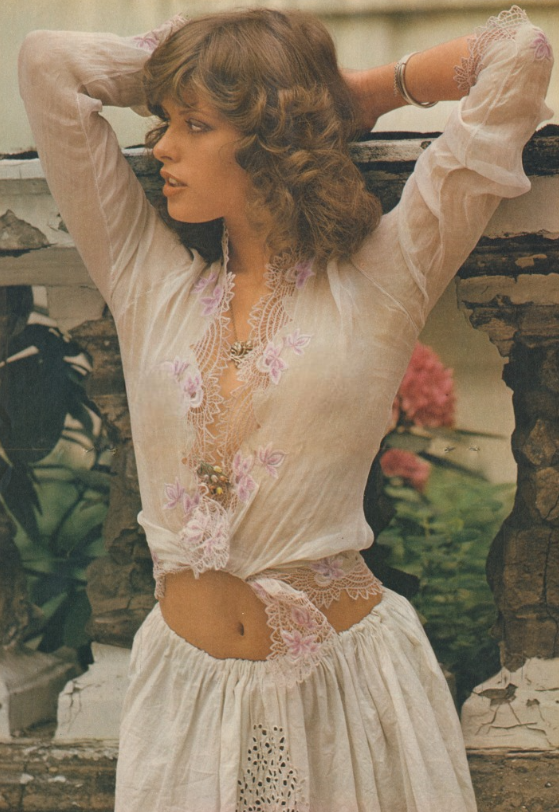
International attention soon followed. Reporters from around the world came to witness this living symbol of the counterculture. Even rock legends like Jimi Hendrix dropped by to see the experiment for themselves. While Rainer dove deeply into the politics of the commune, Uschi later admitted she was motivated less by ideology and more by love and the desire for absolute freedom. But whether or not she set out to be a revolutionary, her fearless presence turned her into one of the era’s most recognizable symbols of the sexual and social revolution.
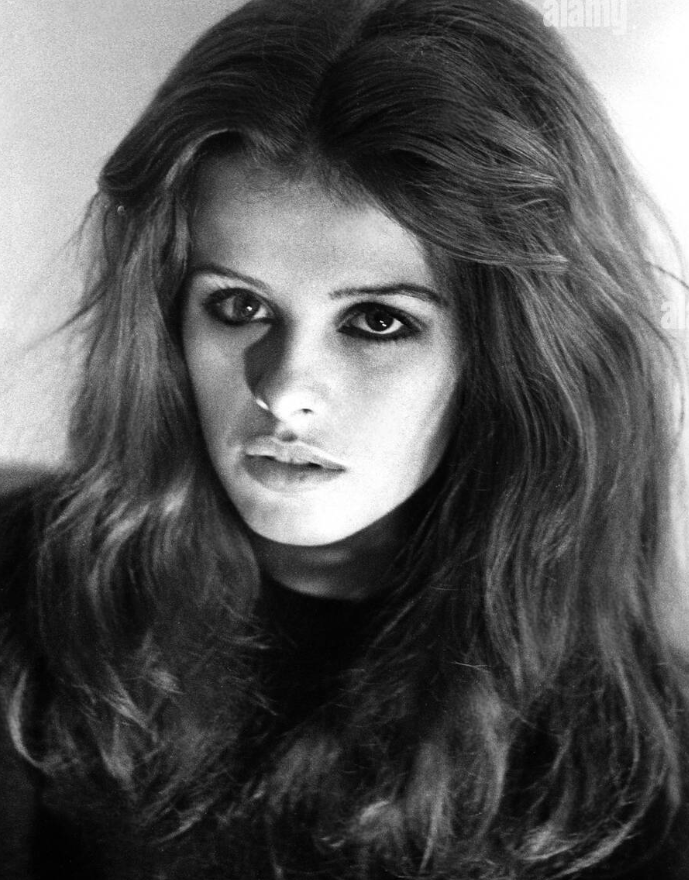
A Life Entwined with Rock ‘n’ Roll
Uschi’s beauty and spirit naturally drew the icons of rock music. Her name became linked with legends—Mick Jagger, Keith Richards, Jimi Hendrix—men who themselves embodied rebellion. She traveled with the Rolling Stones during their 1975 American tour, lived the backstage whirlwind, and turned fleeting encounters into unforgettable stories. Keith Richards later recalled her with affection in his memoir Life, and photographs of Uschi with Hendrix outside Berlin’s Kempinski Hotel remain iconic snapshots of a wild, creative era.
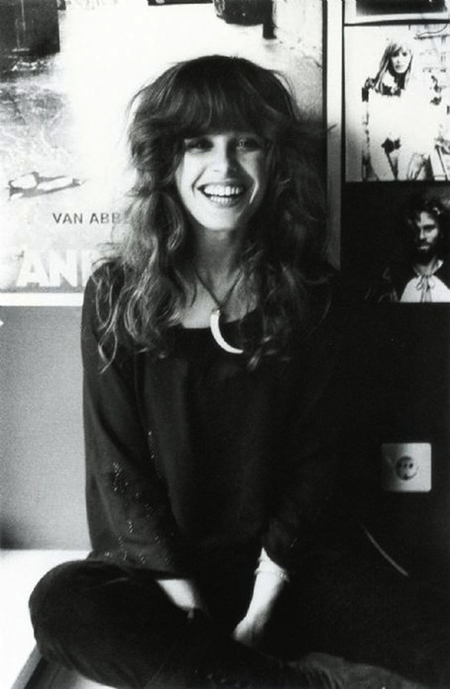
These romances weren’t just tabloid fodder. They reflected a woman living without fear or apology. Uschi wasn’t chasing fame through these connections; she was living on her own terms, unbound by the era’s expectations of how a woman “should” behave.
Cinema and High-Fashion Iconography
While the music world embraced her, Uschi Obermaier also left her mark on film and fashion. She brought her natural charisma to the screen in movies such as Detektive (1969) and Rudolf Thome’s cult classic Rote Sonne (1970). In these films she played free-spirited characters that mirrored her real life—women who refused to be tamed by convention. Her performances were raw and magnetic, adding another dimension to her already legendary persona.
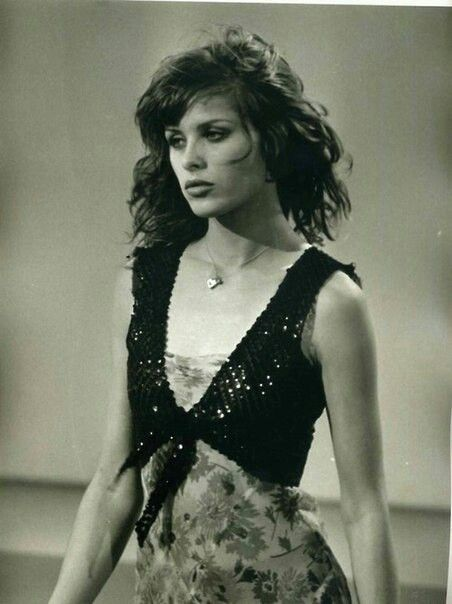
At the same time, her modeling career continued to flourish. Her work with Helmut Newton and other top photographers transformed fashion photography, making it bolder and more provocative. Her willingness to pose nude was not an act of scandal but a declaration of independence, a challenge to the lingering conservatism of post-war Europe. In every photo spread she redefined beauty as something powerful and unapologetic.
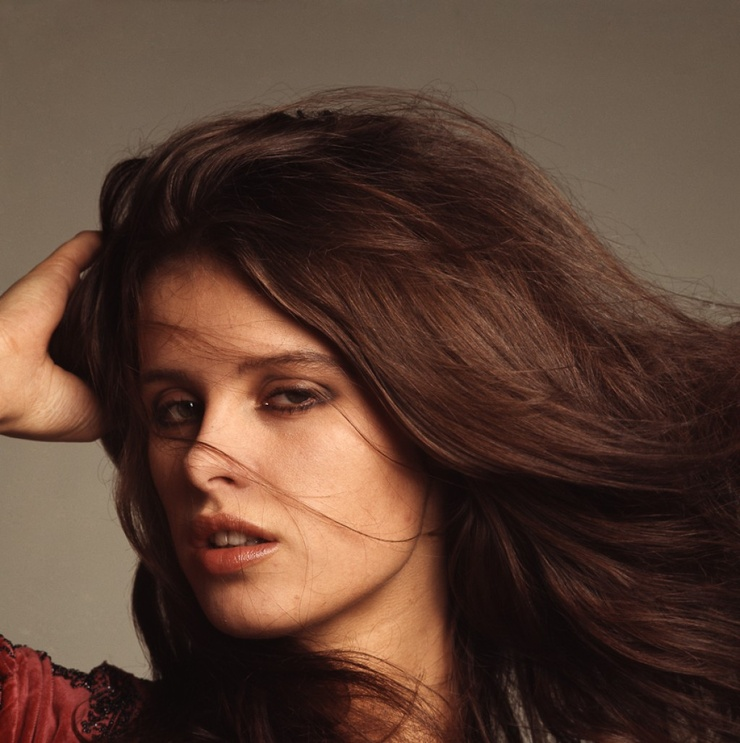
Love, Loss, and an Epic Journey Around the World
In 1973, Uschi met Dieter Bockhorn, a charismatic Hamburg nightclub owner whose restless spirit matched her own. Together they embarked on one of the most extraordinary love stories of the counterculture era. They married in India and set off on a global journey in a customized bus—traveling through Asia, Mexico, and the United States, chasing sunsets and new horizons for nearly a decade.
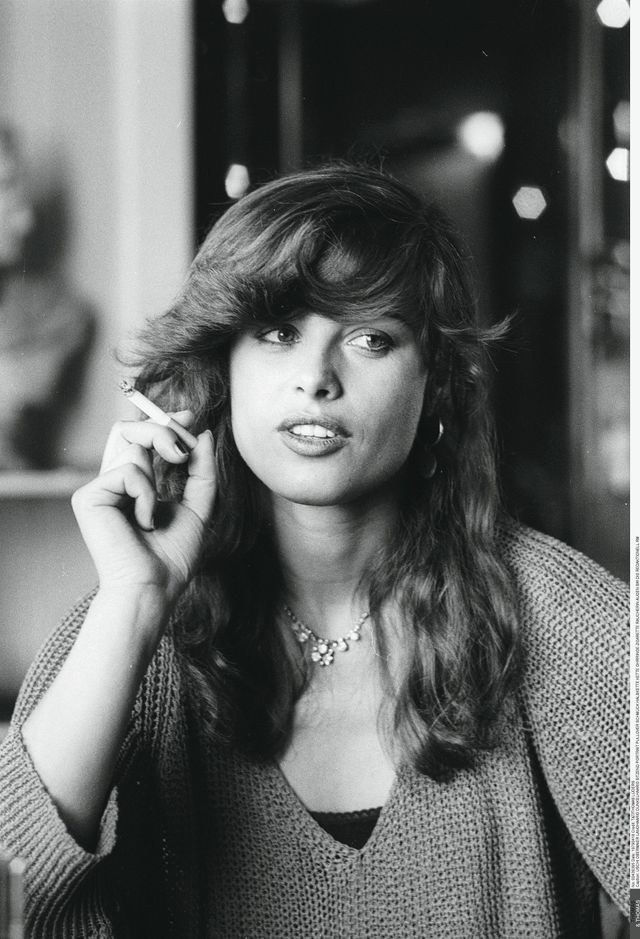
Their nomadic adventure was more than a romantic escape; it was a living testament to the philosophy that had defined Uschi’s life—freedom above all else. But in 1983 tragedy struck. While they were traveling in Mexico, Dieter died in a motorcycle accident, cutting short their shared dream. Heartbroken yet resilient, Uschi carried on, eventually making a home in California’s Topanga Canyon.
There, surrounded by artists and free thinkers, she found a quieter form of creativity. She began designing and selling jewelry—each piece a reflection of the wild, borderless life she had led. Through her art, she transformed personal loss into a new kind of expression and independence.
Video : The Rolling Stones – Miss You with Uschi Obermaier – Rote Sonne (Red Sun) 1970 – Dir.Rudolf Thome
Memoirs, Movies, and an Unbreakable Legacy
Uschi eventually told her story in the 2007 memoir High Times: My Wild Life, an unflinching account of her days with rock stars, radicals, and fellow wanderers. The book became a bestseller, proving that her life still fascinated a world hungry for stories of authenticity and daring. That same year, her adventures inspired the biopic Eight Miles High, with actress Natalia Avelon bringing her youth and rebellion to the screen. Uschi herself contributed to the project, ensuring that the chaos and joy of her journey were captured honestly.
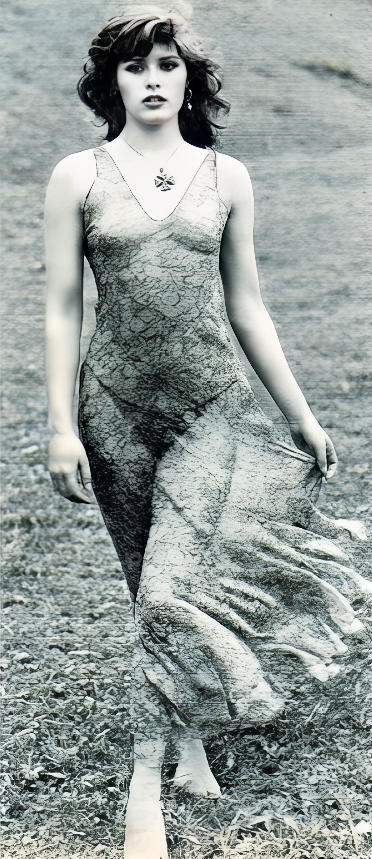
Life Today: Peace in the Algarve
Now in her late seventies, Uschi Obermaier lives a quieter yet equally authentic life on Portugal’s Algarve coast. Far from the communes and concert halls, she spends her days creating jewelry, enjoying the ocean air, and reflecting on a lifetime of extraordinary experiences. She speaks candidly about the highs and lows—the drugs, the loves, the loss—and emphasizes that real freedom comes not just from breaking rules but from knowing oneself.

Conclusion: A Life That Continues to Inspire
Uschi Obermaier’s story is more than a colorful footnote in the history of the 1960s. It is a testament to the power of living boldly, loving fully, and refusing to be confined by society’s expectations. From the gray streets of post-war Munich to the global stages of fashion, film, and music, she shaped her own destiny and became a living emblem of liberation. Decades later, her name still evokes a spirit of adventure and authenticity—a reminder that true freedom is not just about the life you choose, but the courage to keep choosing it, every single day.
